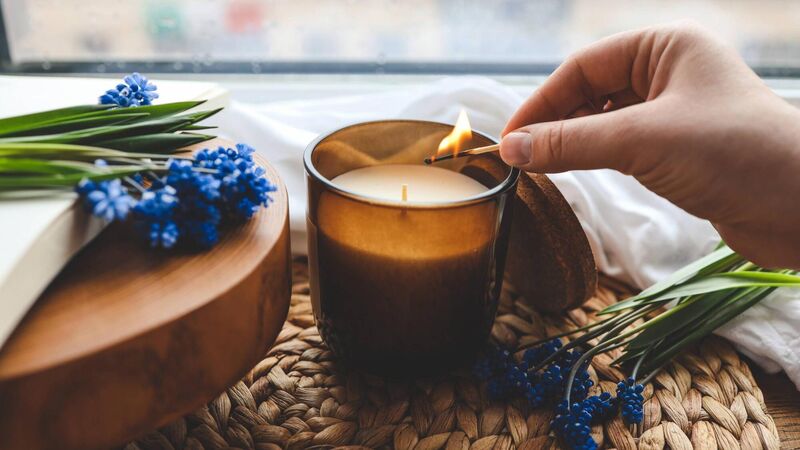Consumer Corner: Is it worth paying more for an expensive candle?

"It can be tempting to go for price over quality, but the question remains as to whether it’s worth paying a few bob more for better-quality products."
It’s tempting when queuing to pick up one of the €5 candles on display by the tills. It’s a thought that regularly does havoc with my mind. Are they as good as the expensive ones or would it be a waste of money?
Surely, there would be some smell from them, but is it worth going to a more expensive store and paying five times the price for a nicer scent? The same could be said with perfumes. Are we paying for brands and packaging or do the expensive ones offer something more?










